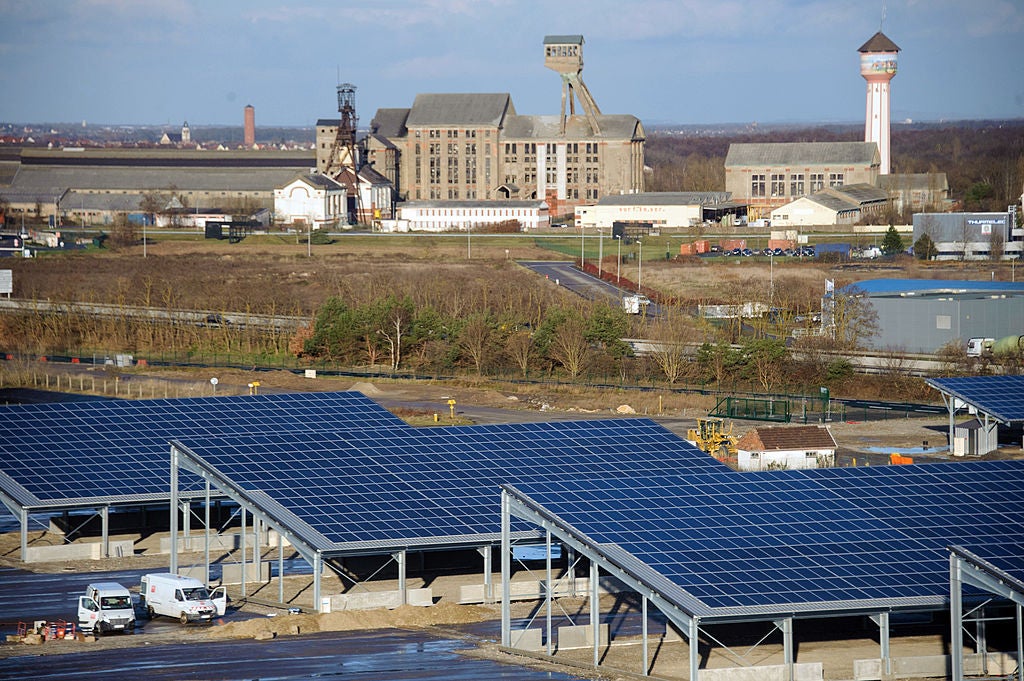
Lockdowns aimed at stopping the spread of Covid-19 caused some short-term reductions in CO2 emissions and other pollutants, but longer-term trends have not changed.
Daily levels of global greenhouse gas emissions fell by 17% in April 2020 compared with 2019, according to the UN’s United in Science 2020 report, which includes data from various organisations including the World Meteorological Organization. This decrease means 2020 emissions overall are likely to decline by 4–7% compared with last year.

Discover B2B Marketing That Performs
Combine business intelligence and editorial excellence to reach engaged professionals across 36 leading media platforms.
However, this is just a positive blip on an otherwise negative path. Global CO2 emissions reached a new record high of 36.7 gigatonnes (Gt) in 2019, 62% higher than in 1990, and the five-year period from 2016–2020 is expected to be the warmest on record, with an average global mean surface temperature of 1.1 °C above pre-industrial levels, says the UN.
This rise is already having major impacts, in particular in the form of extreme weather, such as severe droughts, heatwaves, violent storms and wildfires.
“A clear fingerprint of human-induced climate change has been identified on many of these extreme events,” concludes the report. These events are not only tragic in terms of loss of life or homes, but also engender a massive economic cost. Hurricane Harvey, one of the most devastating hurricanes on record, which hit the Houston, US, area in 2017, caused more than $125bn in losses. Human influence on the climate increased the amount of rainfall associated with the hurricane by about 15%.
Ramping up the clean energy transition, pushing out fossil fuels in favour of renewables and energy efficiency, is vital if this situation is to change and global heating to be halted in line with the Paris climate Agreement. The deal pledged to “pursue efforts to limit the temperature increase to 1.5°C”.

US Tariffs are shifting - will you react or anticipate?
Don’t let policy changes catch you off guard. Stay proactive with real-time data and expert analysis.
By GlobalDataAttempting to reach this goal means not just reducing emissions from the power sector, but also from energy use across every business and sector, from transport to buildings, from heating to heavy industry.
“Despite the difficulties caused by the Covid-19 crisis, several recent developments give us grounds for increasing optimism about the world’s ability to accelerate clean energy transitions and reach its energy and climate goals,” said Fatih Birol, executive director of the International Energy Agency (IEA), at the launch of its Energy Technology Perspectives Report 2020 in September.
But he added: “Major issues remain… we need even more countries and businesses to get on board, we need to redouble efforts to bring energy access to all those who currently lack it, and we need to tackle emissions from the vast amounts of existing energy infrastructure in use worldwide that threaten to put our shared goals out of reach.”
While much has happened to reduce the carbon footprint of the global energy system, much more needs to happen, and fast. This is particularly true for end-use sectors, which accounted for 55% of energy and industry-related CO2 emissions in 2019, says the IEA. Likewise, progress in deploying clean energy technologies has been outpaced by overall energy demand growth, states the agency.
Existing energy infrastructure could lead to nearly 750Gt of additional CO2 emissions by 2070 if unchanged, warns the IEA, exhausting the majority of the remaining CO2 budget compatible with limiting the global temperature rise to ”well below 2°C”, let alone 1.5°C.
Energy Monitor is launching a survey to understand better the impact of the pandemic on the transition to a low-carbon economy and whether initiatives aimed at driving an economic recovery are pushing companies to accelerate their decarbonisation efforts in line with science-based targets.
We’d love to hear what your company is doing. You can start the survey here.





